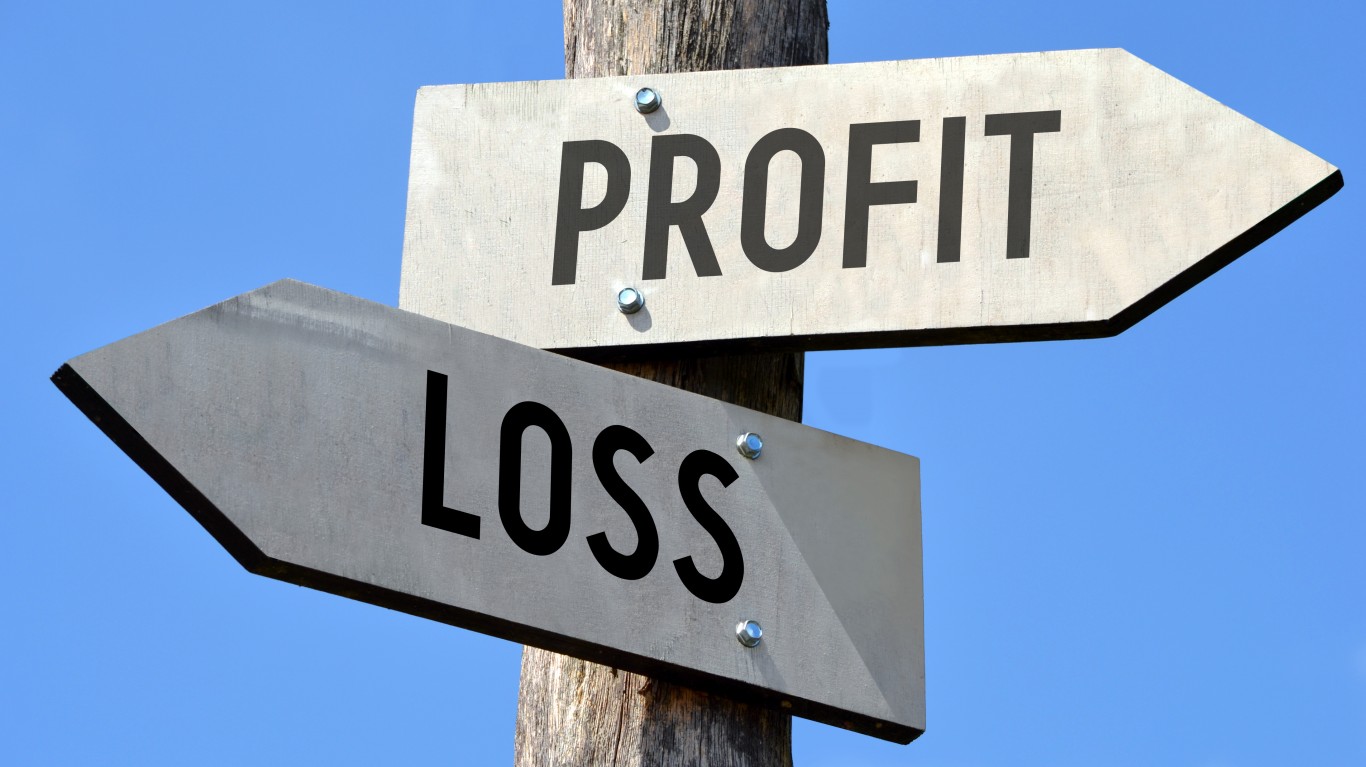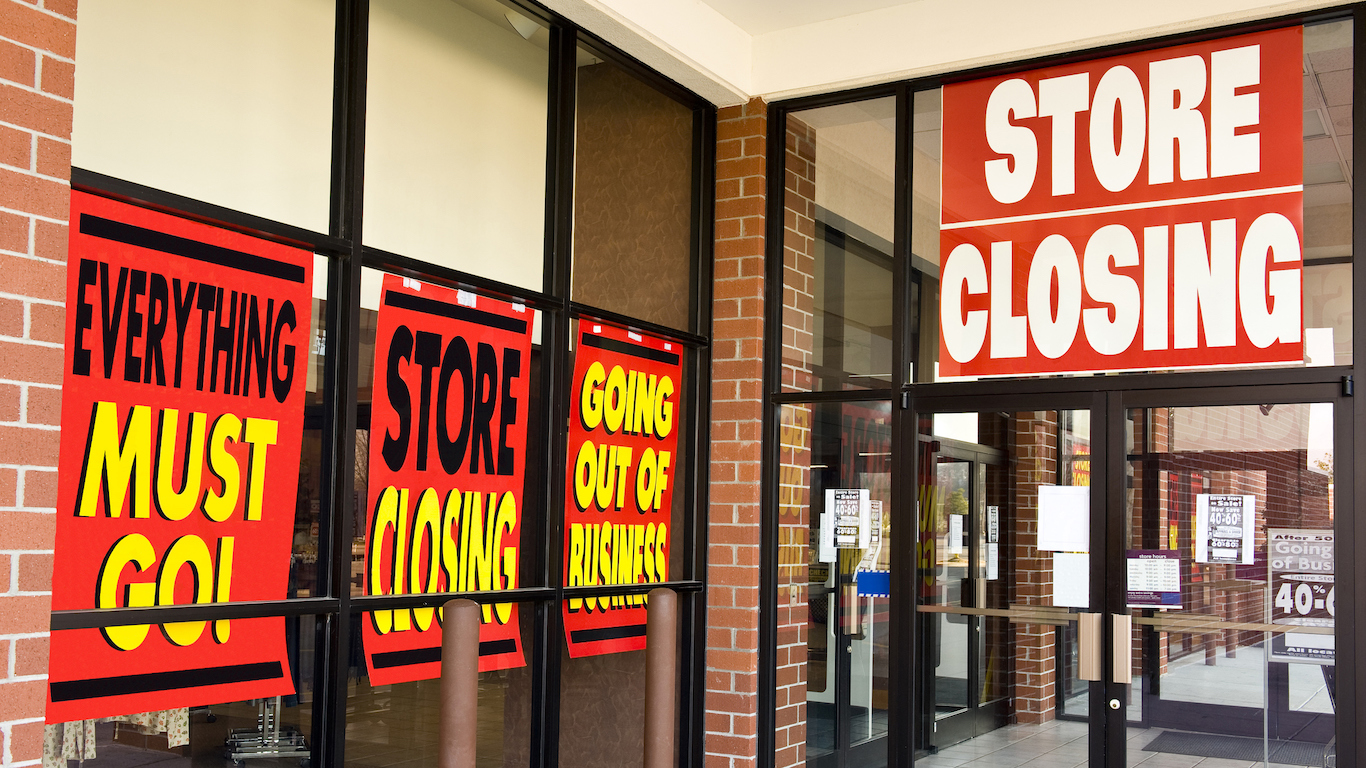Investing
This High-Yield Dividend Stock Just Soared 15%. Time to Jump on Board?

Published:

Retail pharmacy giant Walgreens Boots Alliance (NASDAQ:WBA) was on a long downward slide long before 2024 began. Shares had lost over half their value from their pre-pandemic high.
Yet when Walgreens kicked off the new year by hacking its dividend in half, the pharmacy chain’s stock cratered and it lost another 66%. That payout of $1 per year, currently yields 10% annually.
That was until Walgreens posted its fiscal 2024 fourth quarter earnings report the other day. Its results handily beat Wall Street’s expectations on the top and bottom lines, leading its stock to surge almost 16% in one day. After adding another 6% the next day, WBA stock is up 23% from where it stood before the earnings release.
As the market seems to think Walgreens is back on track, should you jump aboard too? Let’s dig in to find out.

Walgreens posted revenue of $37.5 billion, up 6% year-over-year and outstripping expectations by just under $2 billion, a very strong showing for the pharmacy. Adjusted earnings of $0.39 per share exceeded forecasts by $0.03.
The adjusted earnings story is a far better one than its GAAP net income, which was a pretty massive loss of $10.01 per share for the full year. Since adjusted 2024 earnings were $2.88 per share, there is obviously a large disparity.
The difference was driven by a huge writedown of $5.8 billion for its investment in VillageMD, a previous attempt by management to expand its reach into primary, specialty care, and urgent care. The write-down, though, says the deal was really a disaster.
It also makes it difficult to get a good sense of Walgreens actual financial position, which is why it is better to look at free cash flow (FCF) since it is less subject to manipulation.

Yet Walgreens FCF isn’t healthy either. The pharmacy chain has seen FCF deteriorate rapidly over the past three years, falling from $2.50 per share in 2022 to $0.18 per share last year. In fiscal 2024, it dropped to negative $0.43 per share, which helps you understand why it slashed its dividend.
There are only five things a company can do with its FCF: pay a dividend, buyback stock, pay down debt, reinvest back into the business, or attempt mergers and acquisitions. Walgreens tells us its priority for the coming year is to grow FCF at the same time cutting capital expenditures. Since it has little to no FCF to speak of, it’s probably a good idea for Walgreens to do this.
Yet the pharmacy chain is also going to be shutting 1,200 stores over the next three years with 500 of them, or 42% of the total, coming in fiscal 2025. It is frontloading these closures because they will be “immediately accretive” to adjusted EPS and FCF. As Walgreens operates around 8,700 stores currently, this will be a 14% reduction in locations.
The move will allow Walgreens to reduce its significant debt. At the end of fiscal 2024, it had $8 billion in long-term debt and $20.9 billion in operating lease obligations, so the store closures should have a significant impact on the pharmacy’s finances.
So what does this mean for WBA stock? Investors who might be attracted by Walgreens juicy dividend yield should understand the pharmacy likely won’t be raising that payout anytime soon. After a 47-year run of increasing the dividend, the former Dividend Aristocrat’s payout is going to be dead in the water for some time. It might even be cut again.
Walgreens also says it is focusing its investment efforts going forward on growing its core business in “capital efficient growth areas.” While that sounds encouraging, where exactly are those areas? Management hasn’t shown itself to be capable of doing so yet. Rather, it has been destroying value over the past few years.
It is one of the biggest hurdles the company faces, along with its debt load. It needs to find ways to grow, but that is going to be more difficult than it seems. Turning around this ship into a growth company isn’t going to be easy and it won’t be quick.
Even though I’m a long-time shareholder of WBA stock, I don’t think Walgreens is worth the risk right now. Once the euphoria of the earnings beat wears off, I believe we’ll see the shares settle down again. Because this will be a multiyear effort, investors have plenty of time to see whether management can execute its strategy.
Although Walgreens Boots Alliance offers what seems to be a enticing yield, there remains significant risk in the stock and I would not be a buyer here.
Credit card companies are pulling out all the stops, with the issuers are offering insane travel rewards and perks.
We’re talking huge sign-up bonuses, points on every purchase, and benefits like lounge access, travel credits, and free hotel nights. For travelers, these rewards can add up to thousands of dollars in flights, upgrades, and luxury experiences every year.
It’s like getting paid to travel — and it’s available to qualified borrowers who know where to look.
We’ve rounded up some of the best travel credit cards on the market. Click here to see the list. Don’t miss these offers — they won’t be this good forever.
Thank you for reading! Have some feedback for us?
Contact the 24/7 Wall St. editorial team.